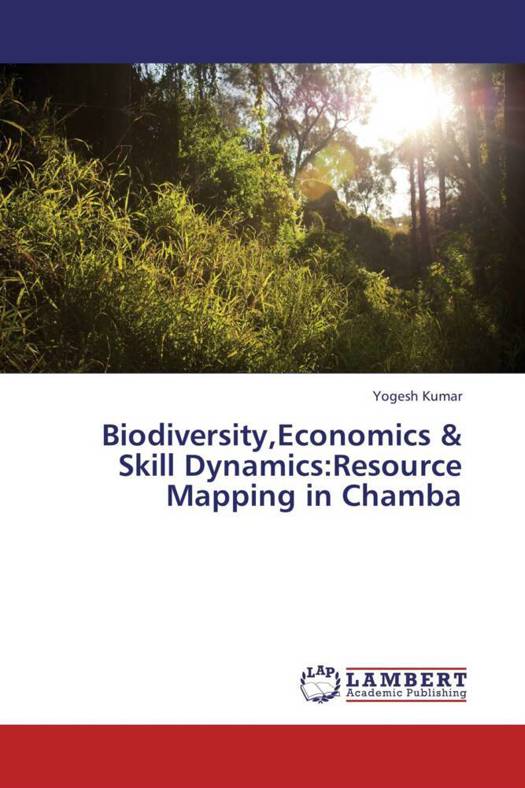
- Afhalen na 1 uur in een winkel met voorraad
- Gratis thuislevering in België vanaf € 30
- Ruim aanbod met 7 miljoen producten
- Afhalen na 1 uur in een winkel met voorraad
- Gratis thuislevering in België vanaf € 30
- Ruim aanbod met 7 miljoen producten
Zoeken
Biodiversity,Economics & Skill Dynamics:Resource Mapping in Chamba
Resource Mapping in Chamba
Yogesh Kumar
Paperback | Engels
€ 106,45
+ 212 punten
Omschrijving
India houses more than 1600 medicinal plants out of which more than half lie in Himalyan tracts. An abode of rich bio-diversities the region has plentiful species of economic, medicinal usage and phyto-chemical compositions. Chamba region of the tract remains by and large an unknown name as the potential partner in sustaining, harnessing and development of such rich dividends. Existing work unearths the vast diversity of natural and human strengths and makes a case for efficient and effective utilization of these resources. It is emphasized to not only keep track of these invaluable strengths but also to harness and market them. The challenges lie with respect a) to enlisting the bio and other resource bases, and assess the strategies for optimum use of these, and b) appraise the strategies adopted in light of gaps between efforts made and optimsed level of resource use. Making analogy - the tradability, mineralogy and uses of medicinal herbs, their ethno-botanicity, economics of resource uses report carryout a SWOT analysis and pens a roadmap for optimization on the vast growth potentials.
Specificaties
Betrokkenen
- Auteur(s):
- Uitgeverij:
Inhoud
- Aantal bladzijden:
- 696
- Taal:
- Engels
Eigenschappen
- Productcode (EAN):
- 9783659332722
- Verschijningsdatum:
- 28/01/2013
- Uitvoering:
- Paperback
- Afmetingen:
- 150 mm x 220 mm
- Gewicht:
- 1007 g

Alleen bij Standaard Boekhandel
+ 212 punten op je klantenkaart van Standaard Boekhandel
Beoordelingen
We publiceren alleen reviews die voldoen aan de voorwaarden voor reviews. Bekijk onze voorwaarden voor reviews.








